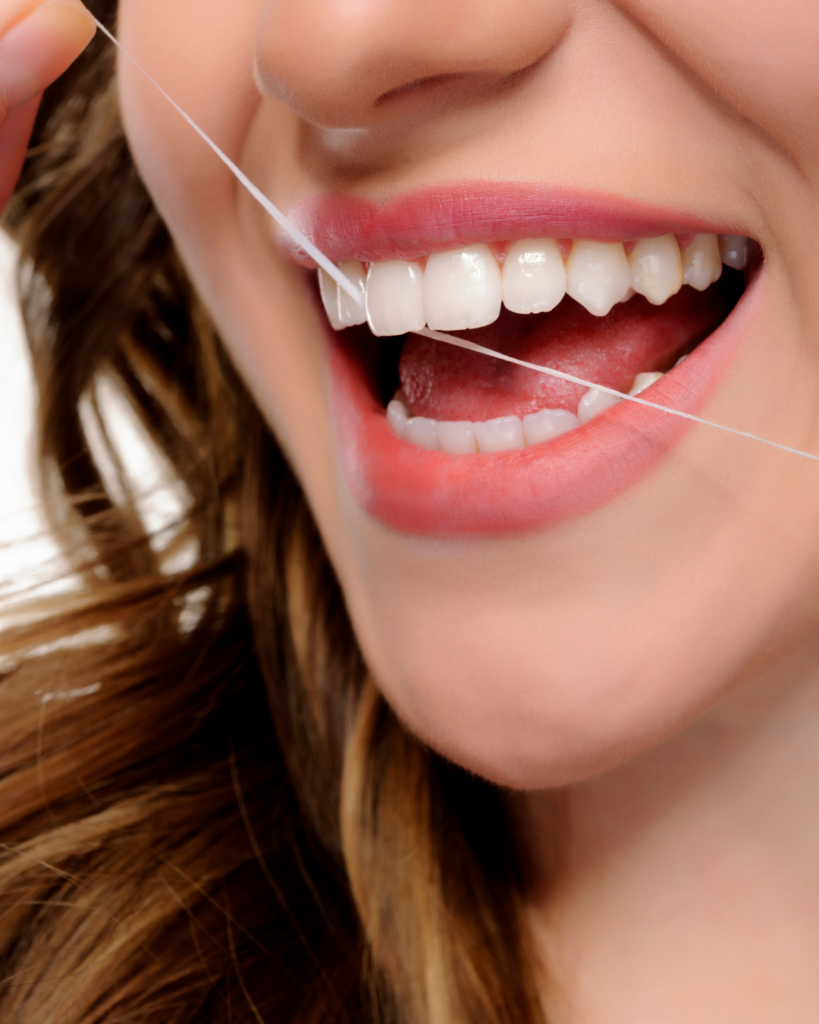
Flossing is one of the most important oral hygiene habits you can develop, yet it’s often overlooked. Brushing your teeth is essential, but it’s not enough to remove all the food particles and plague that can get stuck between your teeth. That’s where flossing comes in.
Why Flossing Matters?
Flossing helps to:
- Remove food particles and plague that can cause tooth decay and gum diseases
- Prevent bad breath
- Reduce the risk of gum recession and tooth loss
- Help prevent heart disease and other systemic diseases linked to gum disease
How To Floss Properly
Flossing is easy once you get the hang of it. Here’s how: - Take a piece of floss and wrap it around your middle fingers, leaving about 1-2 inches in between
- Gently slide the floss between your teeth, curving it around the edge of each tooth in a “C” shape
- Slide the floss up and down against the tooth, removing any food particles or plague
- Repeat for all teeth, including the back sides of your molars
Make Flossing A Habit
To make flossing a habit, try: - Flossing at the same time every day, such as before bed
- Keeping floss picks in your bathroom or purse for easy access
- Making flossing a part of your oral hygiene routine, along with brushing and rinsing
By incorporating flossing into your daily routine, you can keep your teeth and gums healthy for years to come.
Sources: American Dental Association (ADA). Center for Disease Control and Prevention (CDC). Mayo Clinic.




